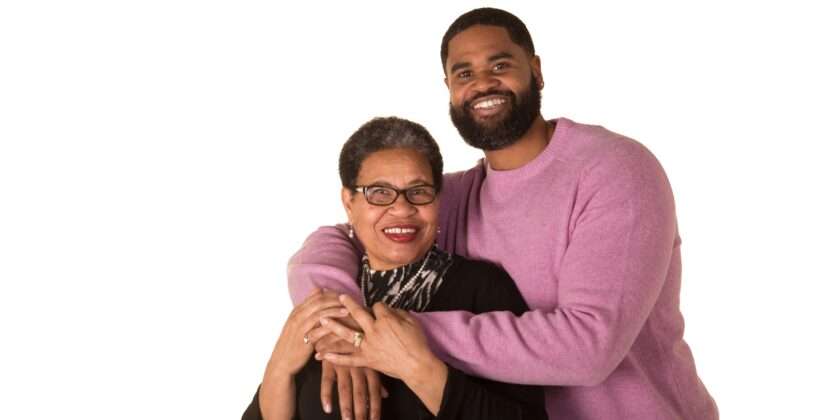African Americans have endured many hardships in the United States. Fundamental human rights such as a good education, an opportunity for a decent job, decent housing, and healthcare are constant struggles. The short video below highlights some of the health problems. https://youtu.be/x_2g0adTGSg
Why is the Health Care Gap so Wide?
The lack of trust is one of the major concerns of the Black Community toward the health care industry. Talking to doctors presents challenges to the black community and contributes to reduced usage of the health care system. The first hurdle is a psychological one; is the physician a friend or foe? Jay Harold wrote a post on this subject in a previous article.
Many Black Americans feel that they are talked down to1 by the doctor and that the whole experience is stressful. This reinforces the idea that African Americans believe they are always under attack from law enforcement and some media outlets. Local and state governments allocate few resources to improve their neighborhoods. These same authorities spend enormous amounts on policing the black community in a very aggressive manner. The Ferguson, Missouri ordeal comes to mind as a recent example. When blacks exercise their voting rights as American citizens, barriers are created to make it harder to vote.
We are living longer!
Key Points (From CDC3 )
- The death rate for African Americans decreased 25% from 1999 to 2015.
- African Americans ages 18-49 are 2 times as likely to die from heart disease than whites.
- African Americans ages 35-64 years are 50% more likely to have high blood pressure than whites.
- • In the United States, there were fewer age-adjusted deaths per 100,000 during 2015 compared with 1999, with 284 fewer among blacks and 120 fewer among whites.
- • Despite the narrowing of disparities in the death rate for blacks and whites, disparities in the leading causes of deaths for blacks compared with whites remain large and persistent across the life span. Blacks had higher death rates than whites for all-cause mortality in all age groups <65 years.
More Stats about Black Health4
- Blacks ages 18 to 64 are at higher risk of early death than whites.
- Disparities in the leading causes of death for blacks compared with whites are pronounced by early and middle adulthood, including homicide and chronic diseases such as heart disease and diabetes.

- Blacks ages 18-34 years and 35-49 years are nine times and five times, respectively, as likely to die from homicide as whites in the same age groups.
- Blacks ages 35-64 are 50 percent more likely to have high blood pressure than whites.
- Blacks ages 18-49 years are two times as likely to die from heart disease than whites.
- Blacks have the highest death rate for all cancers combined compared with whites.
Social and economic conditions, such as poverty, contribute to gaps in health differences between blacks and whites, according to the report. In all age groups, the analysis showed that blacks had lower educational attainment and home ownership and nearly twice the rate of poverty and unemployment as whites. These risk factors may limit blacks’ access to prevention and treatment of disease. Other risk factors that affect health outcomes for blacks include obesity and less physical activity.
Why is ending health gaps important5 ?
CDC believes every person should be able to reach his or her full health potential. CDC seeks to remove barriers to health caused by race or ethnicity, education, income, location, or other social factors. Health gaps remain widespread among racial and ethnic minority groups.
- Non-Hispanic blacks have the highest rates of obesity (48%) followed by Mexican Americans (43%).
- Compared to non-Hispanic whites, the risk of diagnosed diabetes is 77% higher among non-Hispanic blacks, 66% higher among Hispanics/Latinos, and 18% higher among Asian Americans.

What Can You Do?
The National Institutes of Health (NIH) is a United States government healthcare agency that is a tremendous resource for the public. Unfortunately, it is often overlooked. NIH is made up of 27 Institutes and Centers, each with a specific research agenda, often focusing on particular diseases or body systems. They provide information to the public on many medical issues, including clinical medical trials and food for healthy living. The NIH gives easy to understand knowledge about the clinical trial process and walks you through the entire course of action typically used to enroll in a trial.
Click on the Links below to get more Information
Mental Health
Healthfinder
A good starting point for all government health care benefits.
Cancer.Gov
Heart Disease/What You can Do
MedlinePlus
MedlinePlus is the National Institutes of Health’s Web site for patients and their families and friends. Produced by the National Library of Medicine, the world’s largest medical library, it brings you information about diseases, conditions, and wellness issues in languag e you can understand. MedlinePlus offers reliable, up-to-date health information, anytime, anywhere, for free.
e you can understand. MedlinePlus offers reliable, up-to-date health information, anytime, anywhere, for free.
10 Questions to Ask your Doctor
A simple question can help you feel better, let you take better care of yourself, or save your life. The questions below can get you started. The Agency for Healthcare Research and Quality (AHRQ) provided this information.
Enjoyed this post? Share it and read more here. Jay Harold has put together a Resource page that you may find useful when trying to improve your health and wealth. Please take this advice of Muhammad Ali and give back to others. “Service to others is the rent you pay for your room here on earth.” ~ Muhammad Ali.




